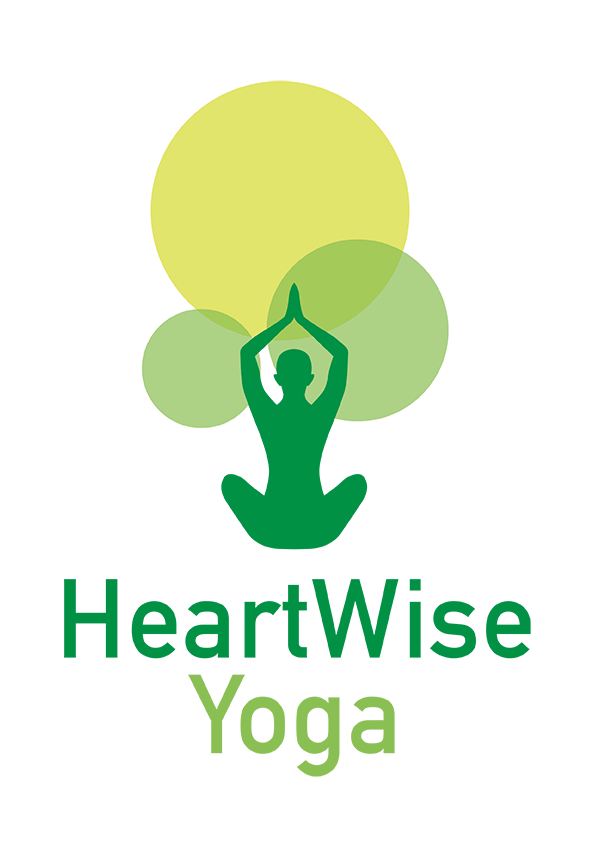Being with ourselves and others
About four weeks ago, my business partner and I had the privilege to co-teach a workshop about presence at a company event, guiding three groups of 40-50 people for half an hour through different body and mindfulness exercises. A couple of weeks later I animated a short group session at my co-working space, Greencubator, where we also explored the experience of presence together and individually.
Resistance to presence
Although such a workshop is typically completely voluntary, I often meet a mix of curiosity and resistance among participants. Curiosity is certainly stronger (otherwise no one would show up!), but resistance to being fully present, even for a few seconds or minutes, can’t be ignored. Sally Kempton, an internationally recognized meditation teacher, and one of my favorite ones, writes about the resistance to attend to our present experience in its fullness (Meditation for the Love of it).
This resistance makes sense, because paying attention to the moment, whether through breath, body sensations or any other means, cultivates our capacity to be open and more aware of our inner world. Yet opening up to our inner world implies gradually discovering our whole self, not only our bright side but also our shadows or “weaknesses” – which we would rather do without. Based on my own experience, being present can enable us to accept our shadows and allow long-repressed hurt, sadness, anger or other feelings to pop up to the surface. Luckily, this process is gradual and only happens when we are ready to deal with these more challenging parts of ourselves. It is then understandable that we will resist seeing these parts by drifting away from the present moment.
I certainly know the temptation to grab my phone and distract myself as a challenging part of myself comes up. For many of us, this resistance is so strong that we will look for entertainment and validation, even for half a minute at the red light, and entertainment has never been so accessible. As Sally Kempton and many other meditation and yoga teachers put it, pulling away from presence creates a larger distance to ourselves, which becomes then harder and harder to reduce, and it takes discipline, regularity, and clear dedication to stay in the moment.
Why presence?
Yet, you may ask, why even bothering being in the moment, if I risk experiencing discomfort? Well, you are probably familiar with the evidence on how mindfulness, yoga, and other presence-cultivating modalities increase focus, creativity, reduce and prevent stress, lower cardio-vascular diseases, open perspectives, improve sleep, and, more generally, enhance well-being (e.g. Harvard study).
In addition to their individual benefits, I am personally fascinated by the social effects of individual practices, such as sitting meditation and yoga. Indeed, training our capacity to be present with ourselves will eventually transfer onto our capacity to be present with the persons and animals we interact with, thereby enhancing our connection experience with them. Having said that, given that nearly all our still unprocessed, long-held wounds are relational, being present with others can be even more difficult than being present with ourselves.
Social presence
At the workshops, we guided people through individual mindfulness practices before instructing 1-to-1 amd group practices. Concretely, the participants learned a technique individually (for example, expansion of the awareness on the back body), and then apply it while another person shared their view about a particular topic. The task was to listen actively and simply be present to receive the person who share, WITHOUT: commenting, replying, returning feedback, saying Yes/No etc.; but being silent and grounded in the technique (here, anchored in the back body).
The most common feedback we got from listeners was that it was utterly difficult to stay present and not respond to the speaker in this time window. Indeed, in a conversation we often spend time thinking about what the speaker should do, arguing for our defense, relating to our own stories, etc., which actually pulls out of the connection on a deeper level. The speaker often reported a mix of relaxation, for being received without judgement, and discomfort, for receiving more attention than usual.
To my experience, listening to others with presence actually brings relief (for not having to comment, unless I’m explicitly asked to) and a deeper sense of connection by creating a space that is safe for us to share freely and authentically. Presence in interactions can be cultivated through regular practice, personal work, and certainly requires self- compassion to let ourselves try again and get better next time.
Guided practice: Presence – in and out
Here is a suggestion of practice you can try every day for two weeks and see for yourself how it affects your daily life.
First, dedicate 8-10 min each day (in the morning or evening, for example) to sit alone and quietly. Use this time to train your capacity to stay anchored in your back body; breathing in your back, feeling the sensations in your back, coming back to your back body again and again each time you drift off. Do this practice for a week, every day, and journal about impacts you noticed during your day.
Then, the following week, continue this solo practice each day, but now try to practice it while you talk with someone or in a group. It would be easier at first to do this when you initiate the conversation (and eventually do this also in conversations you did not start), so you know you will now exchange with this person. Each time the person says something, try to receive them and feel into your back body like you do in your solo practice. You can start by focusing on your back during one interaction a day, and gradually increment with one conversation more each day. If you do this consistently, it will become easier, and it will come more naturally to do the technique also when you talk.
As Thich
Nat Hanh says, “The greatest gift we can give others is our presence”. Now
you know what gift to bring to your next birthday party 
I invite you to practice with commitment and gentleness, and share with a spiritual friend or coach/therapist if feelings that are too hard to embrace on your own come up (if you like self-help material and online courses, I recommend authors and teachers Oren Jay Sofer, Sally Kempton, Reggie Ray, and Tara Brach who all talk about how to deal with difficult emotions in spiritual practices).
Namaste
Cedric, HeartWise Yoga


